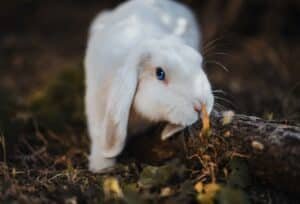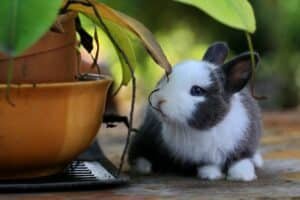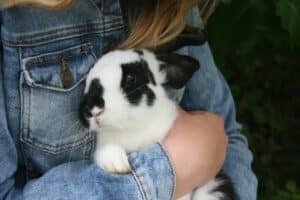A female rabbit, known as a ‘doe,’ is a crucial term to grasp whether you’re just starting with rabbit care or are already an avid enthusiast. In this article, we’ll define what a female rabbit called a doe is and explore their distinctive traits, roles, and behaviors.
Key Takeaways
-
A female rabbit is called a ‘doe,’ a term shared with deer and goats.
-
Female rabbits, or do, display unique physical traits like a rounder body shape and a dewlap, and exhibit complex behaviors including territorial chin rubs and ‘binkying.’
-
In the wild, they play a crucial role in nesting and raising their kits, constructing well-hidden nests, and nurturing their young with meticulous care.
Introduction
Exploring rabbit terminology not only broadens your animal vocabulary but also enhances your connection with these creatures and their enthusiasts. Whether you’re a seasoned rabbit owner, aspiring bunny parent, or simply a fan of these adorable furballs, understanding the terms that define their world is essential.
This foundation paves the way for quality care, efficient communication, and a universally understood language within the rabbit-loving community. So, let’s hop right in!
Terminology of Female Rabbits
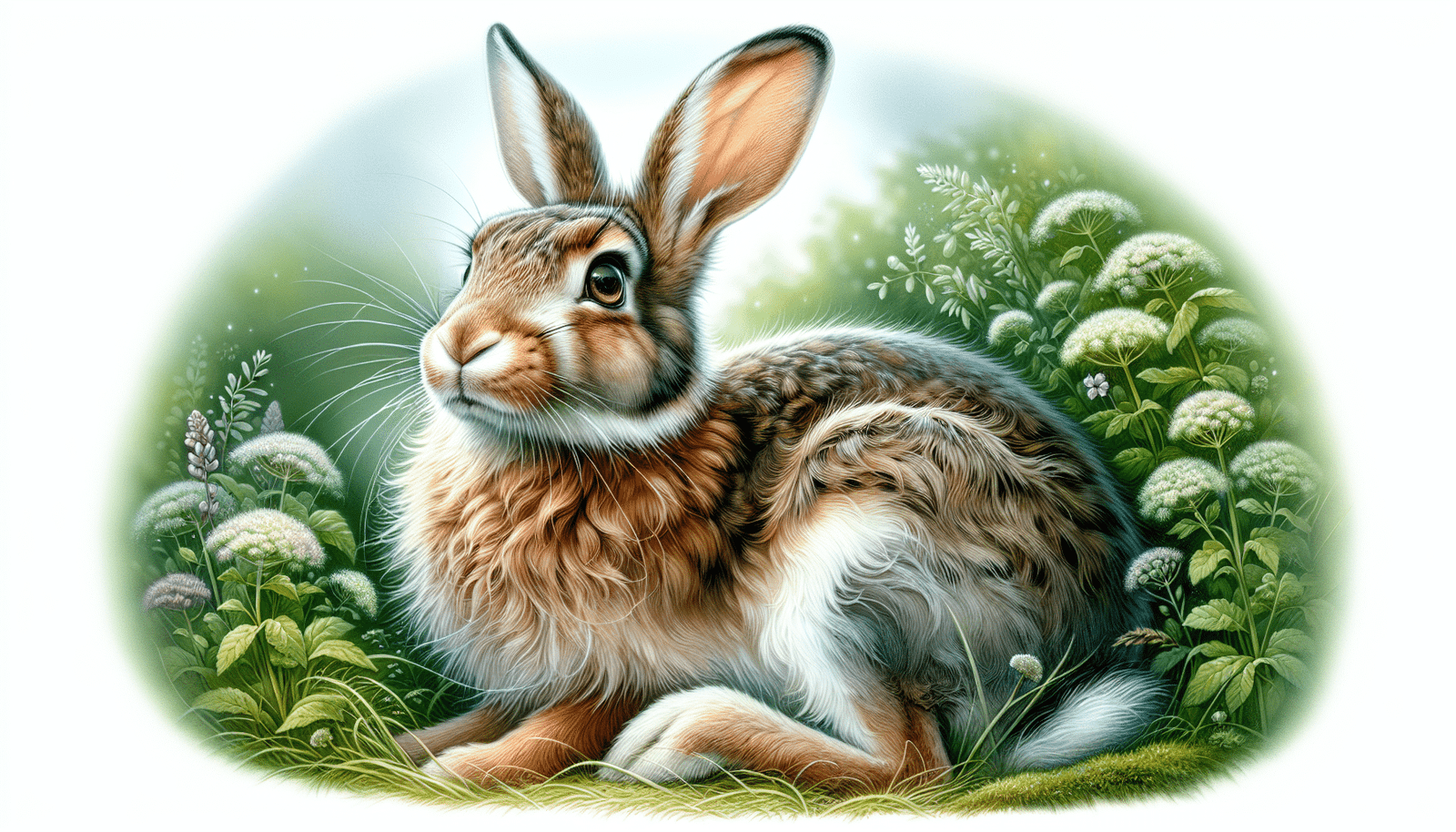
In the realm of rabbits, understanding the correct terminology extends beyond mere semantics, it equips you to deliver optimal care and forge stronger bonds with your furry companions. As we delve into the lexicon of lagomorphs, we’ll start by shedding light on the term used to describe female rabbits and why it’s a key piece in the puzzle of rabbit care and communication.
What is a Female Rabbit Called?
A female rabbit is affectionately known as a ‘doe,’ which is what a female rabbit is called. This term is not just a quaint nod to nature; it carries with it an understanding that one does reach maturity and becomes an adult rabbit nearly a year after birth, varying slightly among breeds. Before reaching adulthood, a doe is considered a young rabbit. In case you were wondering what are female rabbits called collectively, the term remains the same – ‘does.’
Identifying a doe marks your initial stride into the realm of rabbit enthusiasts.
The Origin of the Term “Doe”
The term ‘doe’ echoes through the ages, historically used to reference the females of certain species. In the realm of rabbits, this term signifies much more than gender; it’s a nod to the shared language of the animal kingdom, linking long-eared hoppers with the likes of graceful deer.
Comparison with Other Animal Terms
Have you ever marveled at the similarities between different species? ‘Doe’ is not exclusive to rabbits but is a term shared with other animals such as deer and goats. Such commonalities in naming underscore the interconnected nature of the animal kingdom and the shared traits that typify females across diverse species.
Understanding Rabbit Gender Terms
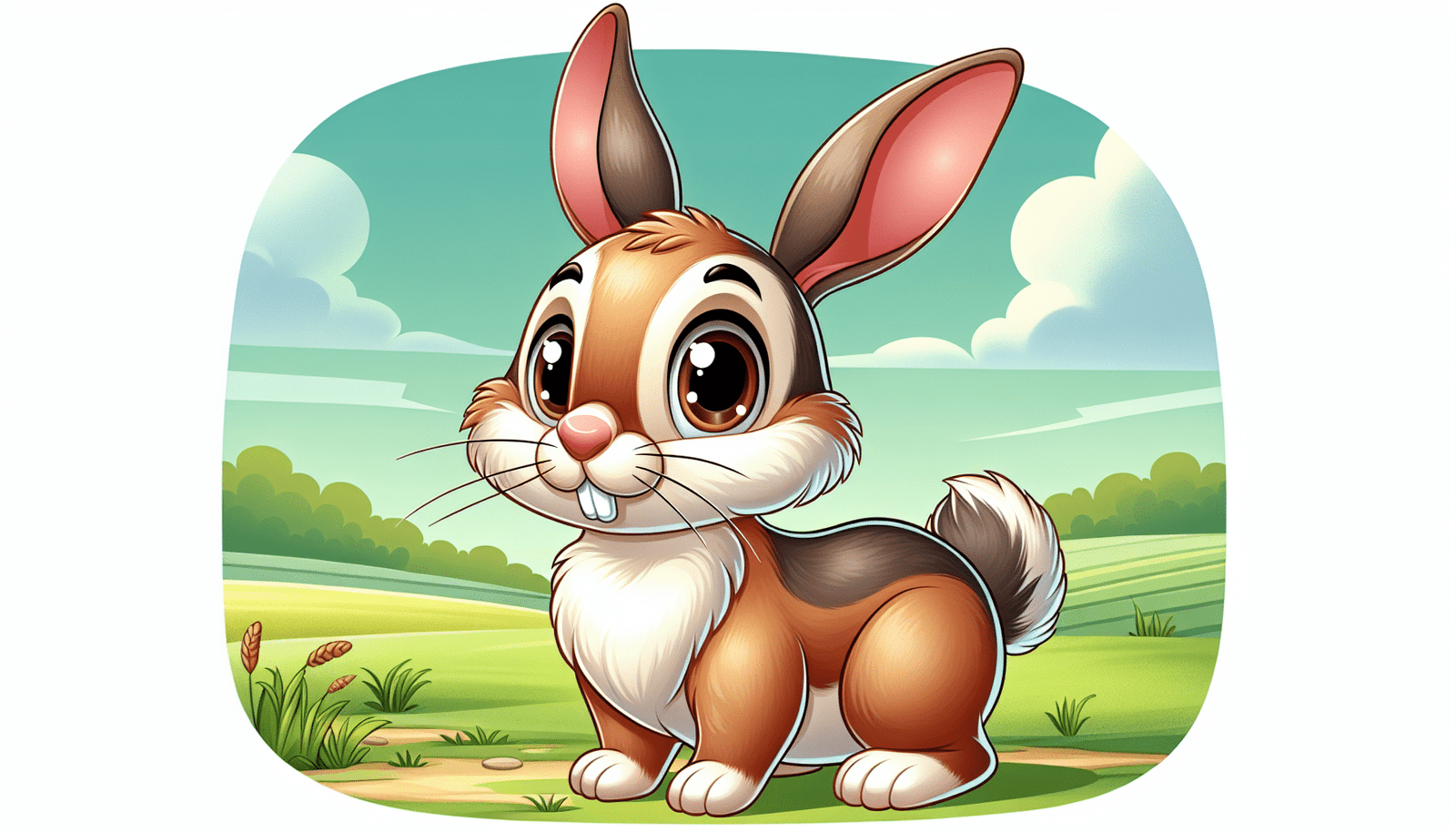
To adeptly navigate the world of rabbits, one must be well-versed in their gender-specific terminology. From the stately bucks to the tender does and the bouncy kits, each term paints a picture of the life stages and roles within the rabbit hierarchy. Let’s hop into the rich tapestry of rabbit gender terms and their social nuances.
Male Rabbits: Bucks
In contrast to the gentle doe, the male rabbit is called a ‘buck.’ This title signifies more than masculinity; it encompasses the buck’s journey to breeding maturity around 8 months of age and the prime reproductive years that follow. Comprehending the nature of the buck, as well as the dynamics of male and female rabbits, is crucial to fully understanding rabbit family dynamics.
Baby Rabbits: Kits or Kittens
The rabbit family tree extends to the youngest members, affectionately termed ‘kits’ or ‘kittens.’ While these terms may bring to mind fuzzy feline images, they are indeed the monikers for the hoppiest of newborns, capturing the innocence and delight of baby rabbits.
Group Names and Social Structures
Rabbits are not solitary creatures but thrive within social groups known as colonies or warrens. Within these bustling communities, does often form their subgroups, creating intricate social structures that are a testament to their cooperative nature and survival strategies.
Characteristics of Female Rabbits
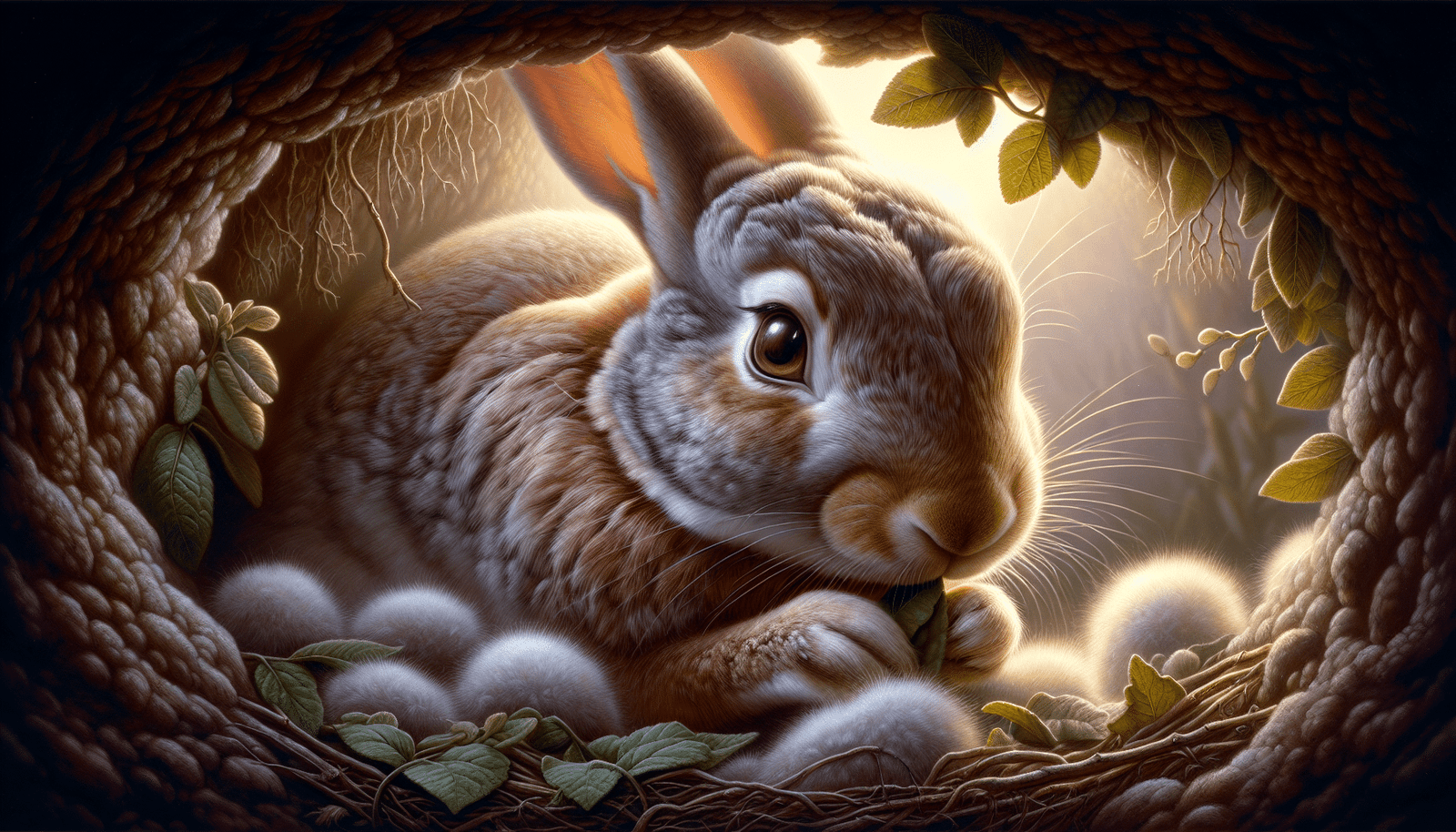
Equipped with the rabbit terminology, let’s now focus our attention on the unique characteristics of female rabbits, or does. From their distinctive physical features to their complex behaviors and vital reproductive roles, does are truly the heart of the rabbit world.
Physical Traits of Does
Does boast a set of physical traits that set them apart from their male counterparts. With a rounder body shape and the presence of nipples, they carry the marks of motherhood. But perhaps the most notable feature is the dewlap, a flap of skin under the chin, a cozy cradle for future generations.
Behavioral Traits of Does
The behavior of a doe is a dance of complexity, ranging from territorial chin rubs to the joyous acrobatics of a ‘binky.’ It’s through these actions that does communicate emotions and assert their place within the warren, with each movement and vocalization a part of their unique rabbit language.
Reproductive Traits
The reproductive life of a doe is a marvel of nature, with the following characteristics:
-
Sexual maturity blossoms between 3 to 8 months
-
The swift gestation period of 28 to 36 days
-
Allows for multiple litters a year, a testament to the doe’s vital role in perpetuating the rabbit lineage.
The Role of Female Rabbits in the Wild
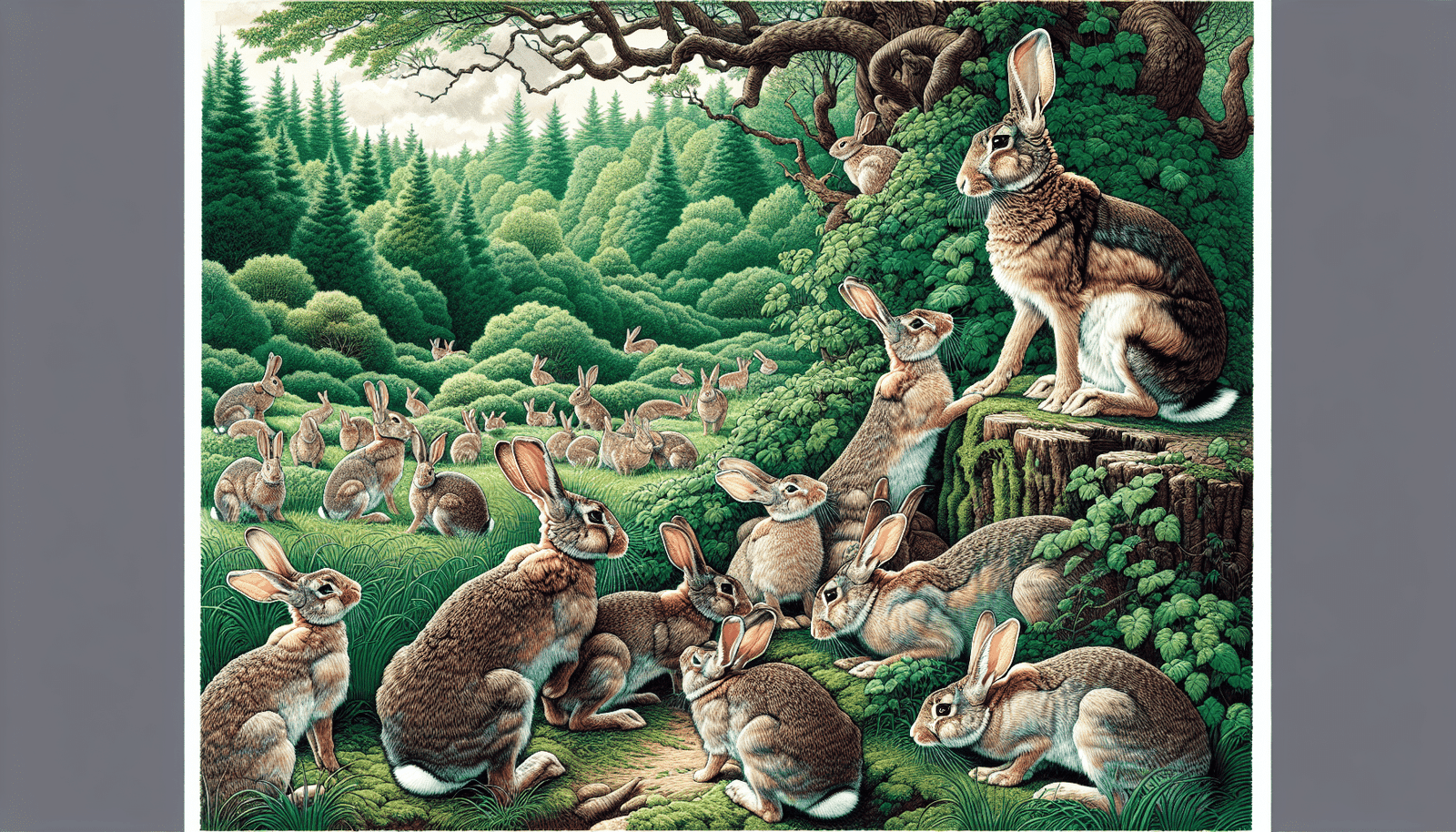
In their natural habitats, female rabbits play a crucial role that reaches well beyond the boundaries of their burrows. From their strategic defense against predators to their intricate nesting behaviors, does are key players in maintaining the delicate balance of their ecosystems.
Nesting and Raising Kits
In the wild, a doe’s life is marked by:
-
The careful construction of nests
-
The nurturing of her kits
-
The lining of fur plucked from her dewlap
-
The stealthy visits to feed her young
Each action is a calculated step in ensuring the survival of her offspring, including their ability to detect predators.
Social Interactions Among Wild Rabbits
The social fabric of wild rabbit life is richly woven with hierarchies and alliances, particularly among does. These complex interactions dictate everything from breeding privileges to nesting sites, showcasing the sophisticated social systems that govern the lives of these creatures.
Caring for a Female Pet Rabbit
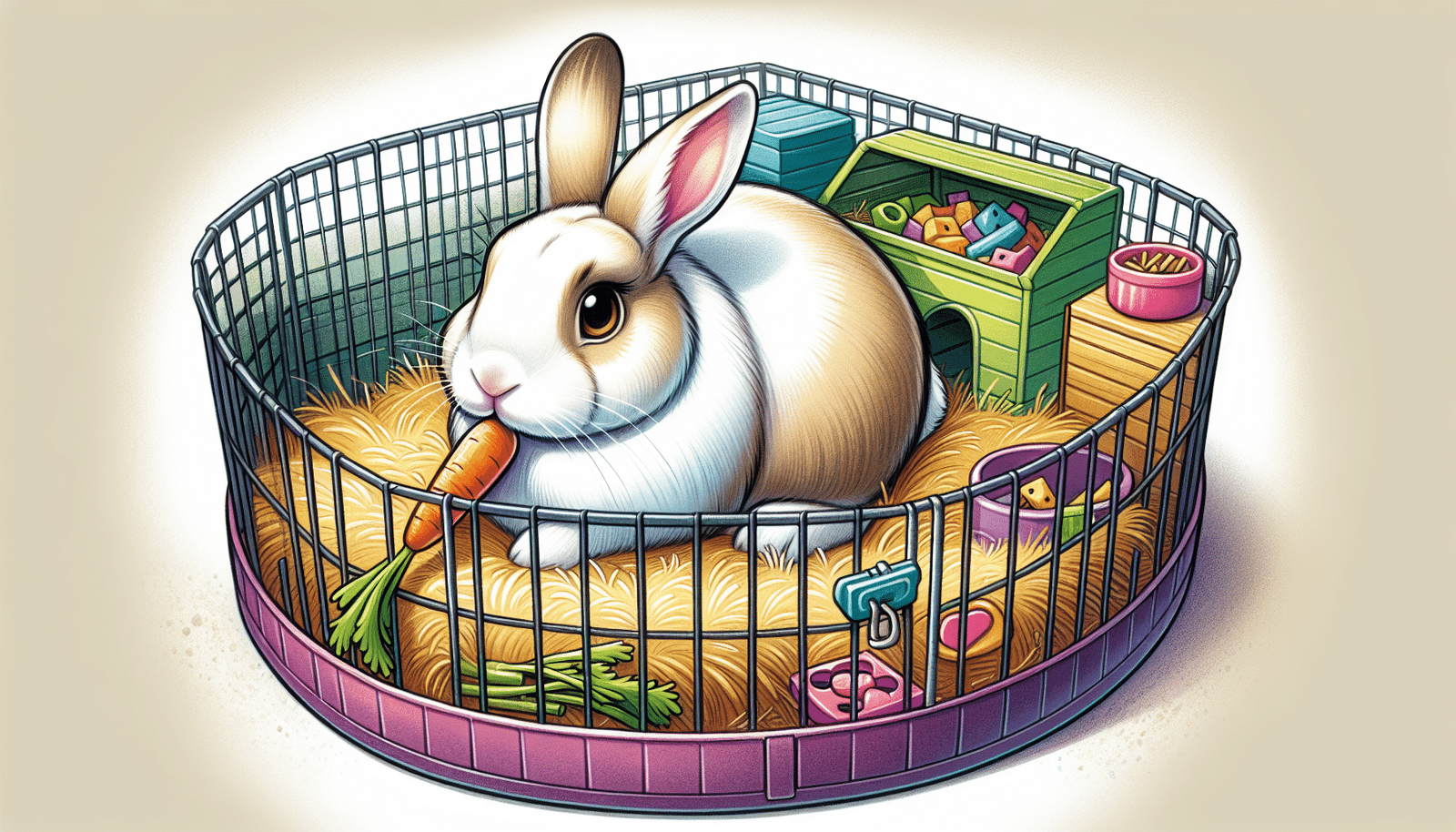
As we transition from wildlife to domestic life, nurturing a female pet rabbit becomes a path of comprehension and empathy. From creating a safe environment to addressing health concerns and dietary needs, every aspect of care plays a crucial role in nurturing a happy and healthy doe among domestic rabbits.
Health Considerations
The health status of a pet rabbit offers a glimpse into its overall well-being. For female rabbits, this means being vigilant against respiratory infections, gastrointestinal issues, and the threat of parasites. Understanding these health risks is key to safeguarding your doe’s quality of life.
Housing and Environment
A habitat for a rabbit serves as its sanctuary. Providing your pet rabbits with a spacious cage, soft bedding, and a clean litter box is more than a matter of comfort—it’s about creating a space where they can thrive, free from the discomforts that can mar their delicate paws and spirit.
Nutrition and Diet
The bedrock of a rabbit’s health is its nutritional intake. For does, this translates into copious amounts of hay, a variety of vegetables, and the occasional sugary indulgence. Balancing nutrition is not just about satisfying hunger—it’s about ensuring a lifetime of robust health and vitality.
Fun Facts About Female Rabbits
As we approach the conclusion of our rabbit exploration, let’s take a lighthearted detour with some amusing facts about female rabbits. From their remarkable auditory abilities to their expressive behaviors, does are a source of endless fascination and delight.
Unique Behaviors
Female rabbits are not just nurturers; they are artists of instinct, crafting intricate nests and engaging in a symphony of scent marking and communication with other rabbits. Their behaviors are a captivating display of their motherly devotion and social intelligence as a mother rabbit, showcasing how rabbits communicate.
Famous Female Rabbits in Media
From the pages of ‘Watership Down’ to the animated adventures in ‘Space Jam’, female rabbits have leaped into the hearts of global audiences. These characters celebrate the spirit of does, embodying their wit, courage, and undeniable charm.
Summary
As we wrap up our foray into the world of female rabbits, we carry with us a newfound understanding and appreciation for these remarkable creatures. From the tenderness of a doe to the vitality of a warren, the rabbit world is a tapestry of life woven with care, communication, and community.
Frequently Asked Questions
What are male and female rabbits called?
The male rabbit is called a buck, and the female rabbit is called a doe. And their babies are called kits. So, now you know the right names for a male and female rabbit!
Why is it important to know the term ‘doe’ when referring to female rabbits?
It’s important to know the term ‘doe’ when referring to female rabbits because it helps in providing proper care, understanding rabbit behavior, and effectively communicating with other rabbit owners and enthusiasts.
At what age do bucks typically reach breeding maturity?
Male rabbits, or bucks, typically reach breeding maturity at around 8 months of age.
What are baby rabbits called?
Baby rabbits are called ‘kits’ or ‘kittens,’ reflecting their playful nature.
How often can a female rabbit become pregnant?
Female rabbits can become pregnant immediately after giving birth, so they can have multiple litters annually.

